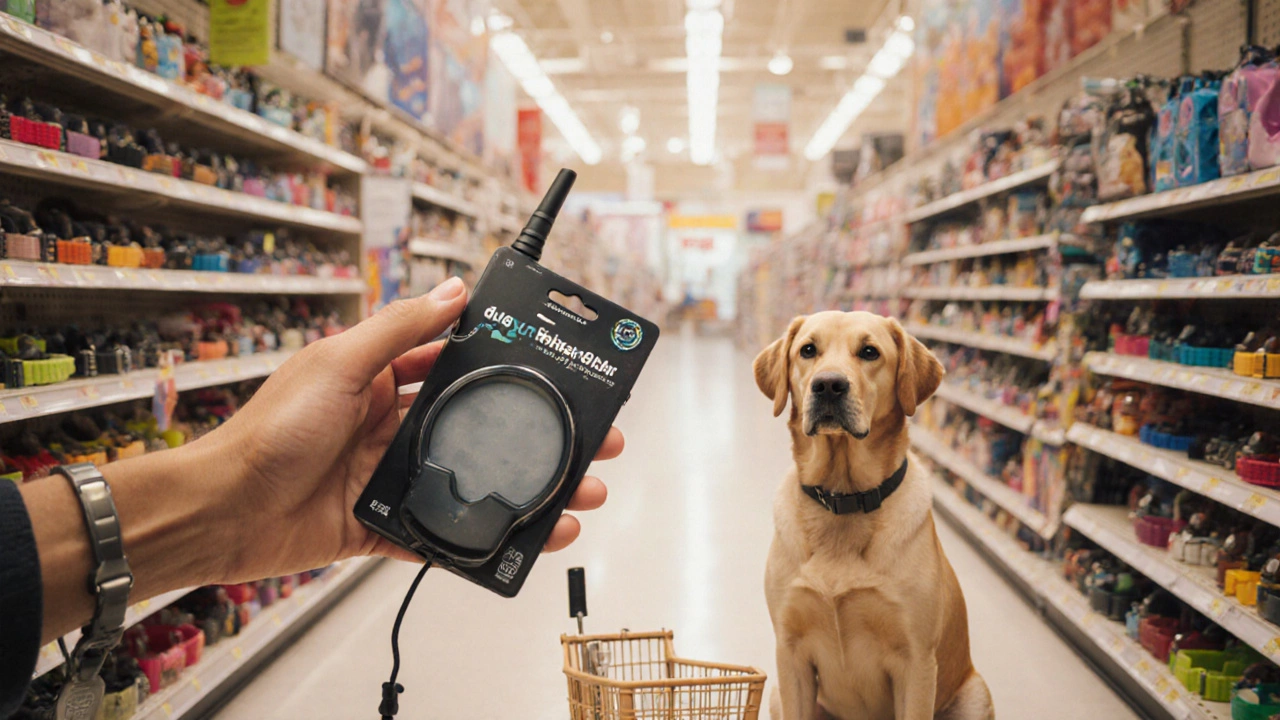Shock Collar Safety: What Every Dog Owner Needs to Know
When working with shock collar safety, the practice of using electronic training collars responsibly to protect dogs and owners. Also known as e‑collar safety, it helps ensure that training tools do not become sources of harm.
Understanding shock collars, devices that emit a mild electric stimulus to reinforce commands is the first step. These devices are a subset of electronic collars, which also include beepers and vibration units. Proper shock collar safety requires that owners know how the collar works, set the lowest effective intensity, and monitor the dog’s reaction at all times. The practice encompasses device settings, training techniques, and ongoing observation of the dog’s stress signals.
Effective dog training, the process of teaching desired behaviors through consistent cues and rewards is the backbone that lets a shock collar be used responsibly, if at all. Trainers who rely on positive reinforcement positive reinforcement, reward‑based methods that strengthen behavior without pain often find that a well‑timed treat or praise can replace the need for an electronic stimulus. When positive reinforcement is paired with clear commands, the reliance on shock decreases, making the whole training plan safer for the dog.
How Dog Safety Intersects With Shock Collar Use
Dog safety, the broader goal of keeping pets free from injury and stress, directly influences how owners decide whether to use a shock collar. A safe environment includes proper fit of the collar, regular skin checks, and ensuring the device does not interfere with other gear like harnesses. Dogs that show signs of anxiety, ear infections, or skin irritation should have the collar removed immediately. In practice, dog safety, the overall health and well‑being of a canine governs the decision‑making process: if a collar compromises safety, it must be replaced with a gentler method.
Those who choose to employ a shock collar must also be aware of legal and ethical considerations. Many regions have regulations limiting intensity levels, and professional trainers are required to demonstrate competency before using such tools. This ties back to the idea that shock collar safety is not a standalone skill; it demands knowledge of dog behavior, proper device handling, and a commitment to humane practices.
Below you’ll find a curated collection of articles that break down each piece of this puzzle. From how to tell if a collar fits correctly to alternatives that rely solely on positive reinforcement, the posts offer actionable guidance for every stage of responsible training. Dive in to get the facts, the risks, and the best practices that keep both you and your dog safe.

Shock Collar vs E-Collar: Key Differences Explained
Clear, practical guide that explains the difference between shock collars and e‑collars, covering how they work, safety, legal issues, and how to choose the right one.
read more





